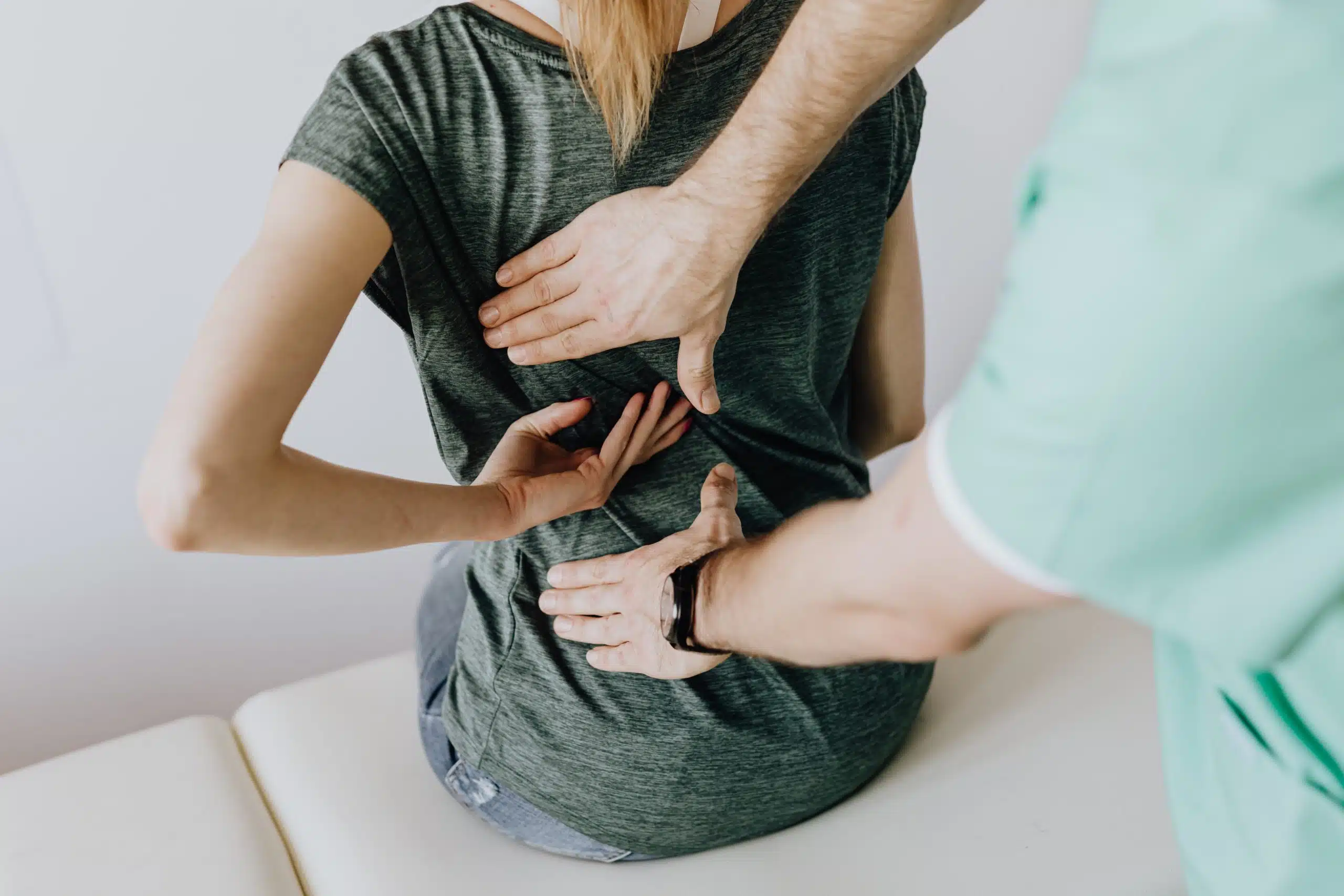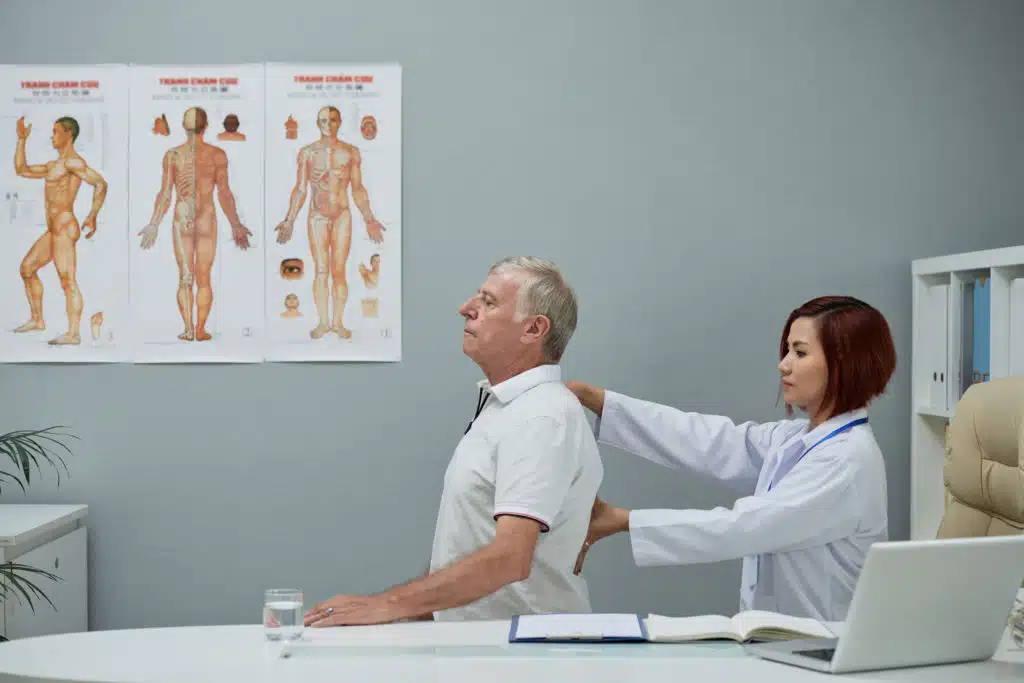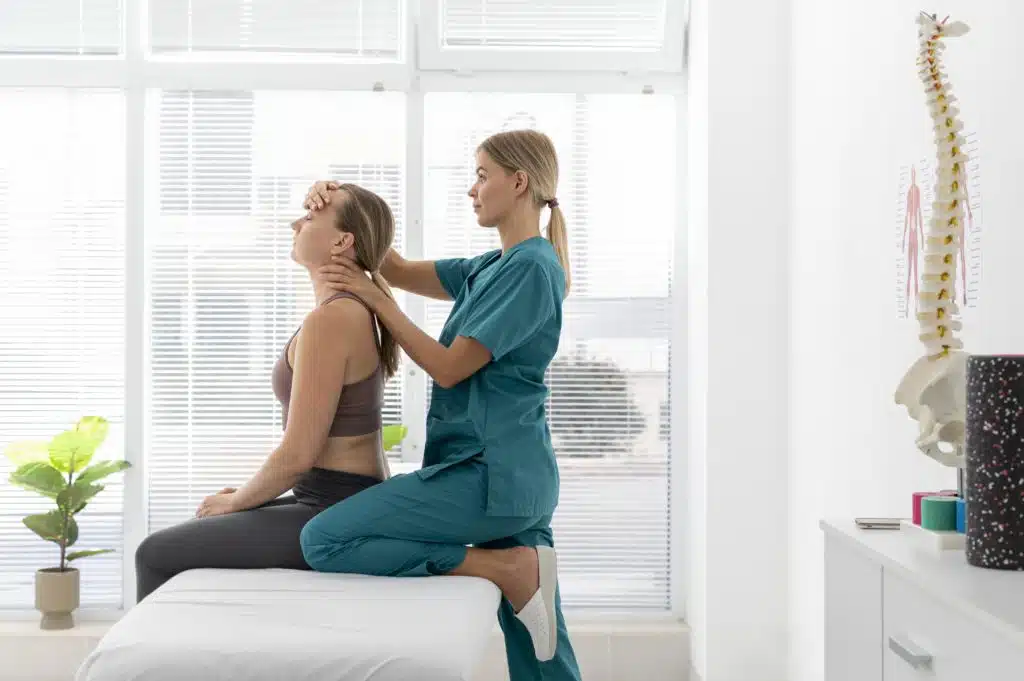
Maintaining a healthy spine is essential for overall well-being and quality of life. Two common spinal conditions, kyphosis and lordosis, can affect posture, comfort, and mobility. However, with the right approach, these conditions can be managed effectively through a combination of physical therapy and chiropractic care, alongside targeted exercises that can be performed at home.

Kyphosis and lordosis are both spinal conditions that involve abnormal curvatures of the spine. Each condition affects a different region of the spine, resulting in distinct postural changes.
Kyphosis, commonly known as a "hunchback" or "round back," is characterized by an excessive curvature of the upper back, leading to a forward rounding of the shoulders. This condition often develops due to factors such as poor posture, osteoporosis, or developmental issues.
Lordosis, on the other hand, refers to an exaggerated inward curvature of the lower back, causing the pelvis to tilt forward and the lower back to arch excessively. This condition can be caused by various factors, including poor posture, obesity, pregnancy, or muscle imbalances.
While kyphosis and lordosis may have different origins and effects, both can lead to discomfort, pain, and a decreased quality of life. Fortunately, there are various approaches to managing these conditions.

Physical therapy and chiropractic care are two commonly recommended approaches for managing kyphosis and lordosis. These treatments can be complementary, addressing different aspects of the conditions.
Physical Therapy: Physical therapists specialize in helping individuals regain or improve their physical function. For kyphosis and lordosis, physical therapy aims to strengthen weakened muscles, improve flexibility, and correct posture through targeted exercises and stretches. Physical therapists also teach individuals how to maintain proper posture during daily activities to prevent further progression of these conditions.
Chiropractic Care: Chiropractors focus on the relationship between the spine and the nervous system. They use manual adjustments and spinal manipulations to correct misalignments in the spine, which can improve spinal function and alleviate associated pain. Chiropractic care for kyphosis and lordosis aims to restore proper alignment and reduce discomfort.
In addition to seeking professional help, individuals with kyphosis and lordosis can benefit from performing specific exercises at home to support their treatment.
Pelvic Tilt: Lie on your back with knees bent and feet flat on the floor. Gently press your lower back into the floor, tilting your pelvis upward. Hold for a few seconds and release. This exercise helps strengthen the core muscles and reduces the exaggerated curvature of lordosis.
Cat-Cow Stretch: Start on your hands and knees, with your wrists aligned under your shoulders and knees under your hips. Inhale as you arch your back, lifting your tailbone and head (cow pose). Exhale as you round your back, tucking your chin to your chest (cat pose). This stretch promotes flexibility and mobility in the spine, benefiting both kyphosis and lordosis.
Thoracic Extension: Sit or stand tall, interlace your fingers behind your head, and gently arch your upper back backward. This exercise helps counteract the rounding of the upper back in kyphosis.
Bridge Pose: Lie on your back with knees bent and feet hip-width apart. Press through your heels to lift your hips off the floor, creating a straight line from your shoulders to your knees. This exercise strengthens the glutes, hamstrings, and lower back muscles, supporting both kyphosis and lordosis management.
Wall Angels: Stand with your back against a wall, heels a few inches away. Raise your arms to shoulder height, bending your elbows to form a "W" shape. Slowly slide your arms up the wall while maintaining contact with your wrists, elbows, and back. This exercise improves shoulder mobility and reinforces proper posture.
In conclusion, kyphosis and lordosis are common spinal conditions that can impact daily life and comfort. A combination of physical therapy, chiropractic care, and targeted exercises performed at home can help manage these conditions effectively. By seeking professional guidance and committing to a consistent exercise routine, individuals can work toward.

430 Montbrook Lane Suite 203
Knoxville, TN
37919
Phone: 865-337-5574
Monday
7am-12pm & 1pm-6pm
Tuesday
7am-12pm & 1pm-4pm
Wednesday
7am-1pm
Thursday
7am-12pm & 1pm-6pm
Friday
7am-12pm & 1pm-4pm
Saturday & Sunday
Closed